A Method for Evaluating the Age-friendly Level in Hospitals Based on the Importance and Satisfaction
DOI: 10.23977/jeis.2023.080614 | Downloads: 25 | Views: 1479
Author(s)
Dongyu Hong 1, Shenqun Li 1, Junyi Wu 1, Mingxuan Fan 1, Hongming Chen 1
Affiliation(s)
1 School of Mechanical Science and Engineering, Huazhong University of Science and Technology, Wuhan, China
Corresponding Author
Hongming ChenABSTRACT
Hospital age-friendly design is an important part of the medical security system, and how to evaluate it specifically is of great significance. This paper establishes a complete set of age-friendly methods, and firstly formulates the hospital age-friendly indexes through ergonomics evaluation. Subsequently, the Likert fuzzy semantic scale is used to collect expert opinions, and the independence of the indicators is screened and updated by Pearson correlation test. After that, the updated indicators were assigned importance using the objective CRITIC weighting method. Taking Wuhan Union Hospital as an example, the questionnaire design was used to evaluate the satisfaction of the elderly with each aging indicator of the hospital by using the fuzzy comprehensive evaluation method. Finally, using the BCG Matrix, combined with the importance degree and satisfaction data, it summarizes the aspects of Wuhan Union Medical College that are in urgent need of ageing improvement and the advantages that need to be maintained. This method is universal and can provide important references and improvement suggestions for the aging-friendly design of the hospital, and provide practical care for the actions of the elderly in the hospital, which is of high value.
KEYWORDS
Human Factors Engineering, Evaluation of Age-friendly, Ergonomics, Fuzzy Comprehensive Evaluation Method, BCG MartrixCITE THIS PAPER
Dongyu Hong, Shenqun Li, Junyi Wu, Mingxuan Fan, Hongming Chen, A Method for Evaluating the Age-friendly Level in Hospitals Based on the Importance and Satisfaction. Journal of Electronics and Information Science (2023) Vol. 8: 111-120. DOI: http://dx.doi.org/10.23977/10.23977/jeis.2023.080614.
REFERENCES
[1] Wenlong Zhu, Weihao Huang, Yue Di. Evaluation Study on the Aging of Public Space Facilities in Older Neighborhoods [J]. Packaging Engineering, 2023,44(8):169-177,200. DOI:10.19554/j.cnki.1001-3563.2023.08.017.
[2] Tianfu Wang, Rui Wang. Multilevel Fuzzy Comprehensive Evaluation of Satisfaction with Aging Products inSenior Living Facilities [J]. Packaging Engineering, 2022,43(12):192-198. DOI:10.19554/j.cnki.1001-3563.2022.12.022.
[3] Zhiming Zhu. Comparison of differences in scoring between Likert-type scales and fuzzy semantic scales - an example of normal fuzzy number simulation[J]. Statistics and Decision Making,2007(22):160-162. DOI:10.3969/j.issn. 1002-6487.2007.22.059.
[4] Cao, Qiuchang, Dabelko-Schoeny, Holly I., White, Katie M., et al. Age-friendly communities and perceived disconnectedness: the role of built environment and social engagement[J]. Journal of aging and health, 2020, 32(9):937-948. DOI:10.1177/0898264319865421.
[5] Davern, Melanie, Winterton, Rachel, Brasher, Kathleen, et al. How Can the Lived Environment Support Healthy Ageing? A Spatial Indicators Framework for the Assessment of Age-Friendly Communities[J]. International Journal of Environmental Research and Public Health, 2020, 17(20):7685. DOI:10.3390/ijerph17207685.
[6] Lui CW, Everingham JA, Warburton J, et al. What makes a community age-friendly: A review of international literature.[J]. Australasian journal on ageing, 2009,28(3):116-121. DOI:10.1111/j.1741-6612.2009. 00355.x.
| Downloads: | 13850 |
|---|---|
| Visits: | 586895 |
Sponsors, Associates, and Links
-
Information Systems and Signal Processing Journal
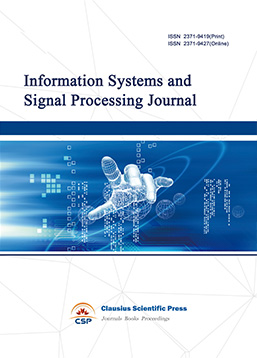
-
Intelligent Robots and Systems
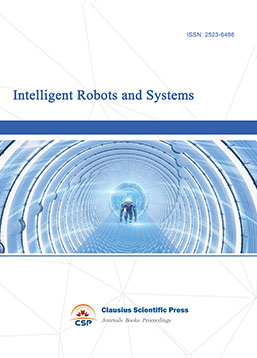
-
Journal of Image, Video and Signals

-
Transactions on Real-Time and Embedded Systems
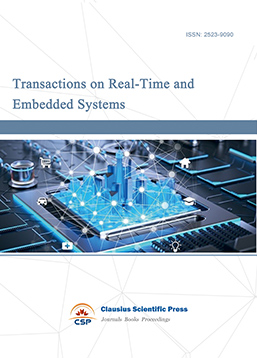
-
Journal of Electromagnetic Interference and Compatibility
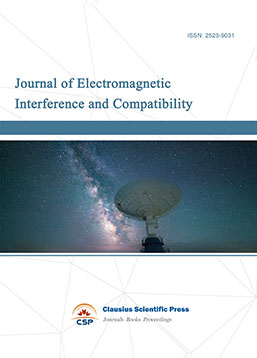
-
Acoustics, Speech and Signal Processing
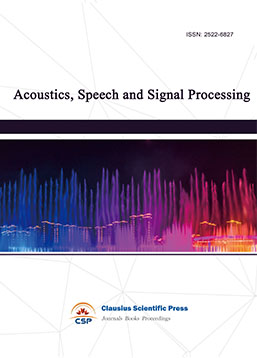
-
Journal of Power Electronics, Machines and Drives
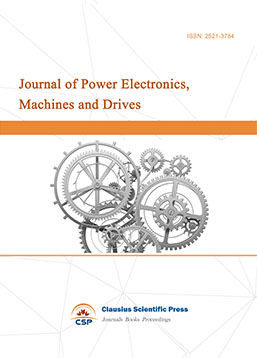
-
Journal of Electro Optics and Lasers
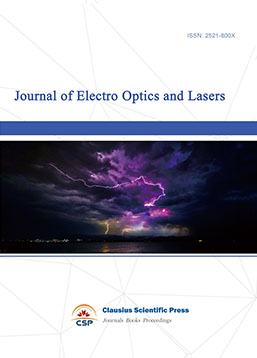
-
Journal of Integrated Circuits Design and Test
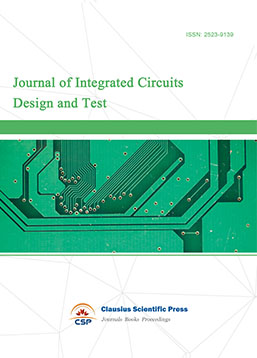
-
Journal of Ultrasonics
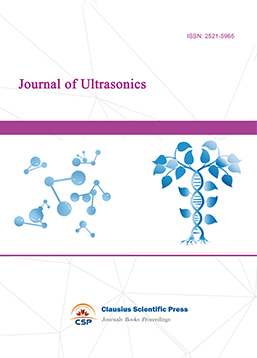
-
Antennas and Propagation
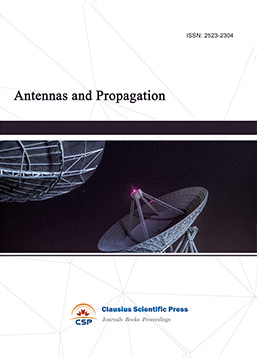
-
Optical Communications
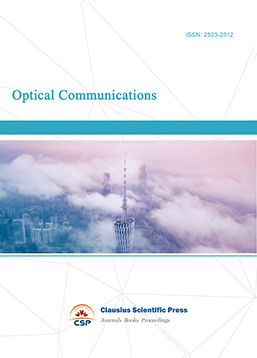
-
Solid-State Circuits and Systems-on-a-Chip
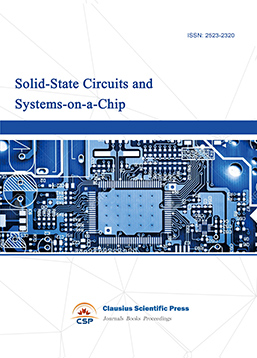
-
Field-Programmable Gate Arrays
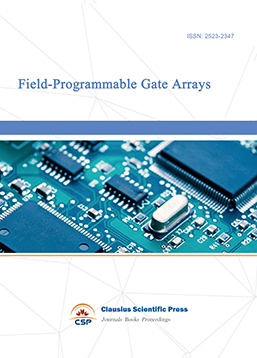
-
Vehicular Electronics and Safety
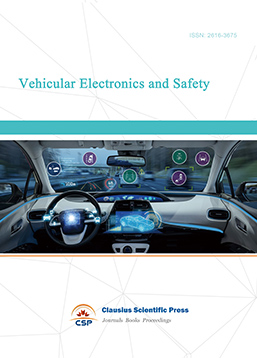
-
Optical Fiber Sensor and Communication
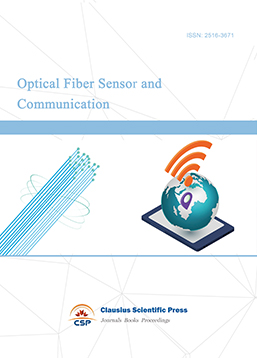
-
Journal of Low Power Electronics and Design
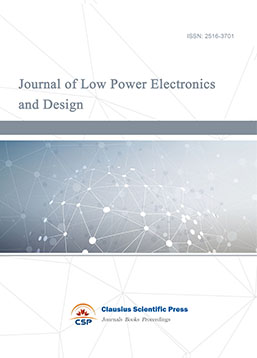
-
Infrared and Millimeter Wave
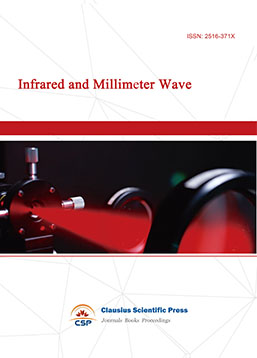
-
Detection Technology and Automation Equipment
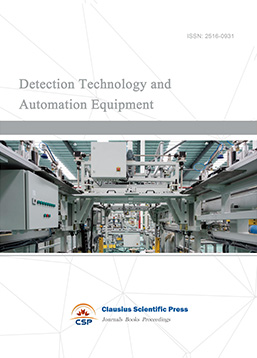
-
Journal of Radio and Wireless
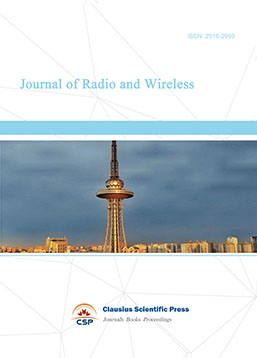
-
Journal of Microwave and Terahertz Engineering
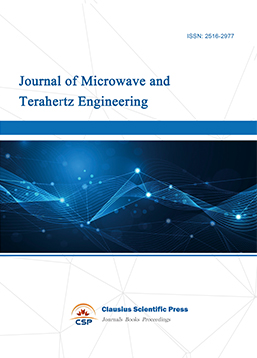
-
Journal of Communication, Control and Computing
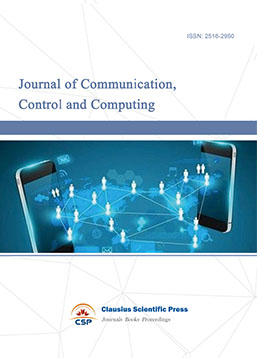
-
International Journal of Surveying and Mapping
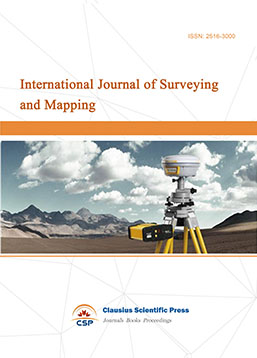
-
Information Retrieval, Systems and Services
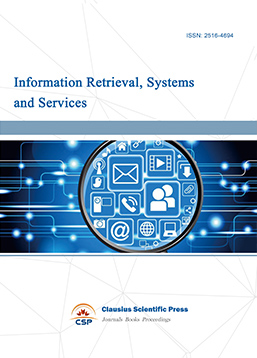
-
Journal of Biometrics, Identity and Security
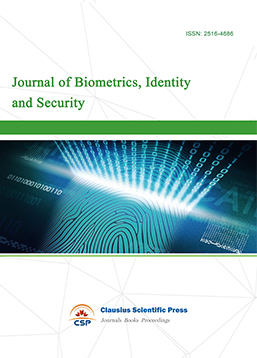
-
Journal of Avionics, Radar and Sonar
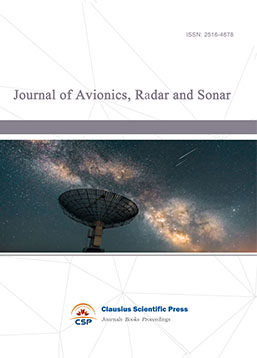

 Download as PDF
Download as PDF